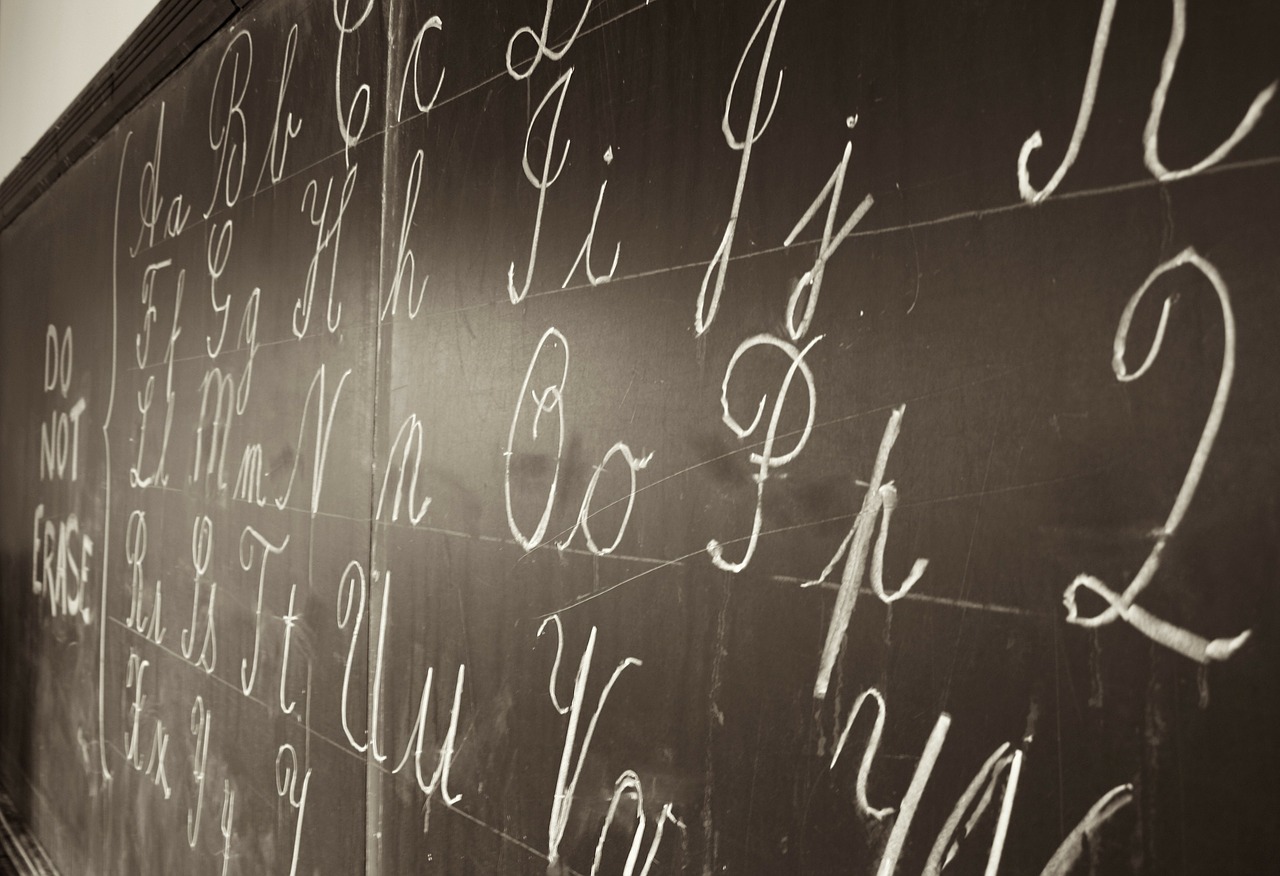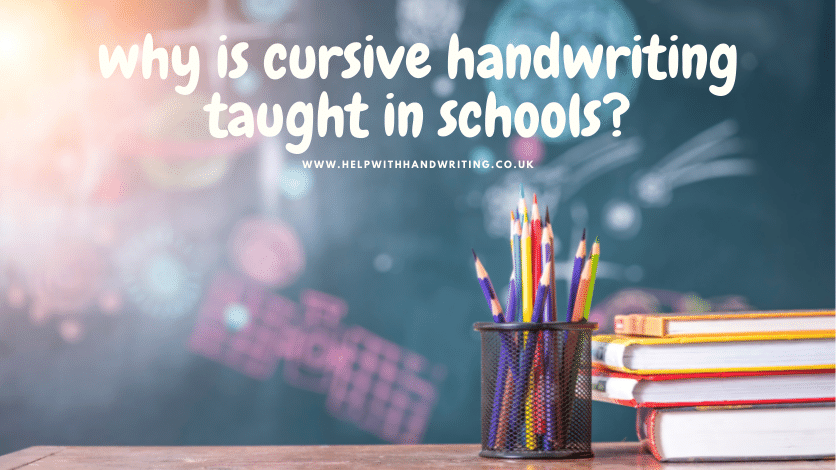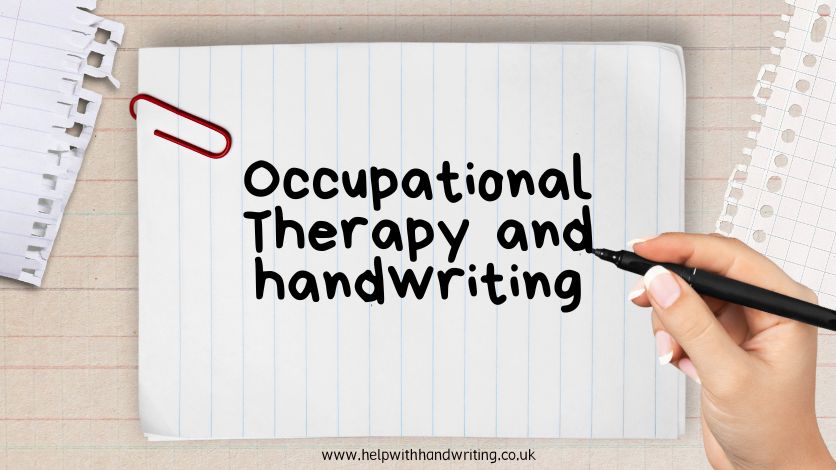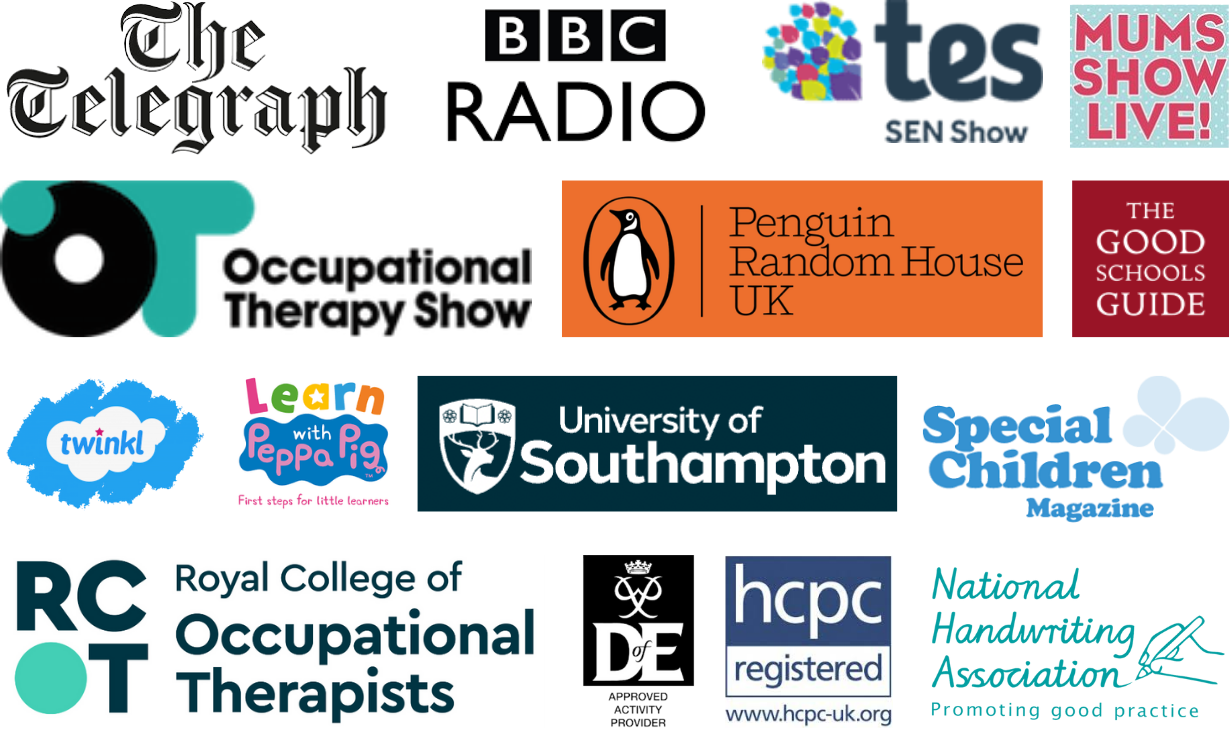Is cursive writing old-fashioned and outdated?
There are many valid reasons why cursive writing is taught in schools. Yet it is of no surprise given the tech-crazy world that we live in that many feel handwriting as a whole is not needed by anyone.
Handwriting is a skill, some even call it an art, but cursive writing helps children in many different ways. Despite this, as with many things these days, the research is contradictory. Some say it’s an excellent skill to have while other forms of research indicate that it might not be as useful.

Handwriting is a skill, some even call it an art, but cursive writing helps children in many different ways.
Despite this, as with many things these days, the research is contradictory. Some say it’s an excellent skill to have while other forms of research indicate that it might not be as useful.
Perhaps it makes sense to look at the reasons why it is taught in school and why it isn’t. Why do people have different handwriting?
What Are The Reasons That Support Cursive Writing?
Cursive writing teaches children to write at speed as it teaches them to keep the pen on the link in order to form letters. Having the ability to write at speed is a skill that is well worth having. This is especially the case when it comes to the workplace.
Cursive writing also looks neater and smarter which is ideal for times when content needs to be easily readable but also tidy. When in the workplace, whether it’s sharing notes or instructions, ensuring they are easy to read is vital.
However, cursive writing is just a style of writing and does not make it the right choice above all others. So let’s take a look at the reasons why cursive writing might not be the best choice of handwriting.
What Are The Reasons That Indicate That Cursive Writing Might Not Be The Best Option?
Once again, a vast amount of research has been placed into cursive writing. We now live in a more inclusive and understanding society, we have to think about everyone. While children with Dyslexia or coordination difficulties might once have been overlooked, this is no longer the case. Their problems have been identified and their learning experience is tailored in a way that ensures that they are included.
Therefore, research has suggested that cursive writing might not be beneficial for those suffering from Dyslexia. The National Handwriting Association suggests that this style of writing is not helpful to those who suffer from dyslexia as they write slower as a result of having to think about how to spell words.
This can then result in them losing their position on the page and not knowing how to form letters. Despite this, the British Dyslexia Association claims that it can help, so the research is varied.
Another issue is that children who suffer from coordination difficulties fail to grasp the general flow of writing. They may find the lead in and lead out confusing. The coordination problems relate to the motor movements that are required to write words and letters.
Cursive writing is also a lost art that is very rarely seen in the real world. As a result, children are not familiar with it and have problems replicating that once in the school environment. Along with this, it’s a style that many find challenging and so, secondary school pupils will often choose a style of writing that works better for them.









